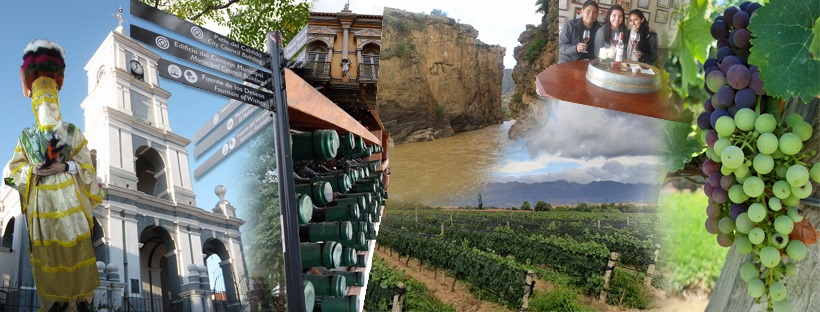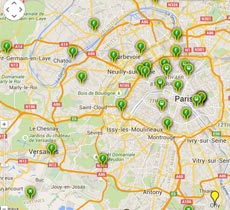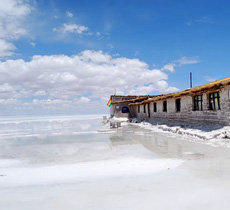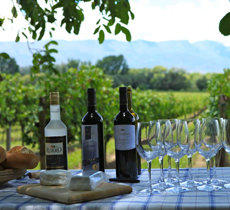-
Offers
Worldwide deals
- Worldwide Locations
- Fleet Guide
-
Services
Additional featuresOther servicesBolivia
- Tourism
Bolivia
Bolivia, dada su diversidad geográfica y cultural, su historia milenaria y el turismo y la gastronomía, ofrece destinos atractivos para los viajeros.
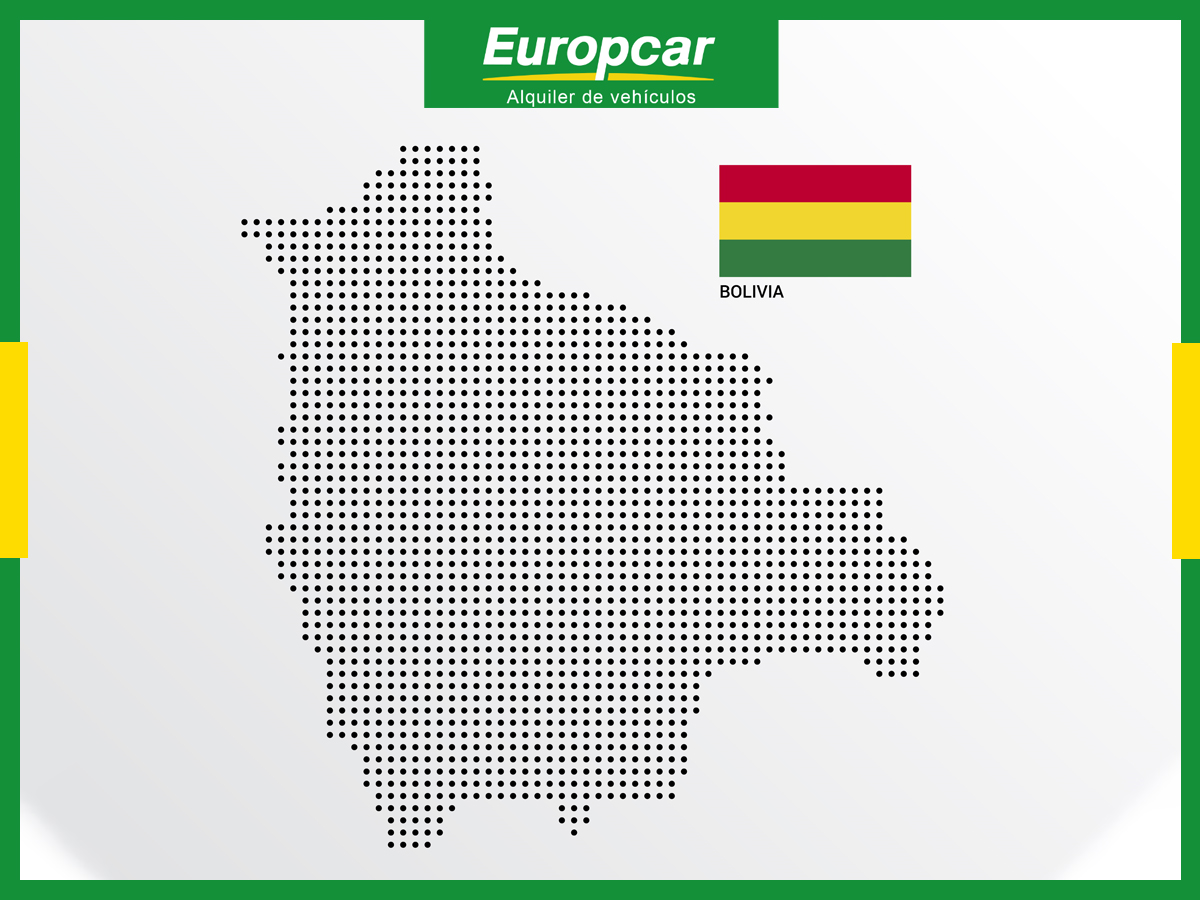
Posee tesoros declarados Patrimonio de la Humanidad por la UNESCO , variedad de zonas geográficas y climas, ciudades urbanizadas y ciudades milenarias, todo ello conviviendo en un país donde su amable gente recibe con los brazos abiertos a los miles de visitantes que confluyen cada año.
- Capital: Sucre
- La Paz: Sede de Gobierno
- Código de teléfono: +591
Clima:
Debido a sus diversas zonas climáticas , se recomienda estar bien informado para una mejor planificación previa de su viaje a Bolivia: desde el calor tropical en la región amazónica hasta el frío polar en la región andina:
- Llano : Clima tropical húmedo, temperatura promedio: 30°C.
Si bien en general los vientos amazónicos generan abundantes lluvias, a partir de mayo se presenta un clima más despejado debido a los vientos secos. Durante el invierno puede haber temperaturas más frescas durante varios días como consecuencia de los surazos (vientos fuertes del sur). - Altiplano : Árido-polar con fuertes vientos y clima frío, temperatura entre 15-20 °C durante el día con mediodía seco e intensa radiación solar, cayendo por la noche hasta alrededor de 0 °C. Las heladas y la nieve son muy comunes.
- Valles y Yungas : Clima templado, húmedo y lluvioso. La temperatura desciende a medida que aumenta la altitud sobre el nivel del mar, pudiendo incluso nevar al acercarse a los 2000 metros.
- Chaco : clima semitropical, semiárido. Enero es húmedo y lluvioso, el resto del año es seco con días cálidos y noches frescas. Los surazos (vientos fuertes del sur) también suceden en esta región.
Principales destinos turísticos:
Puntos de alquiler en La Paz
- Ciudad de La Paz:
En esta ciudad convergen personas de todas las regiones, así como inmigrantes de otras partes del mundo. Es la sede del gobierno y capital política y administrativa de Bolivia, la ciudad más importante. Por la noche es un espectáculo, con el cielo lleno de estrellas. - Parque Nacional Madidi:
El Parque Nacional y Área Natural de Manejo Integrado Madidi es un destino de incomparable belleza natural donde 3.000 especies conviven en armonía con el ser humano. Es el área protegida de mayor importancia ecológica y biogeográfica de Bolivia. Rurrenabaque, puerta de entrada al Madidi, se encuentra a 410 km de La Paz. - Lago Titicaca:
Se encuentra a 70 kilómetros al oeste de la ciudad de La Paz. Es alimentado por los glaciares de Apolobamba y las Cordilleras de La Paz, convirtiéndose en la superficie navegable más alta del mundo. Se divide en dos cuencas: el Lago Maggiore y el Lago Menor.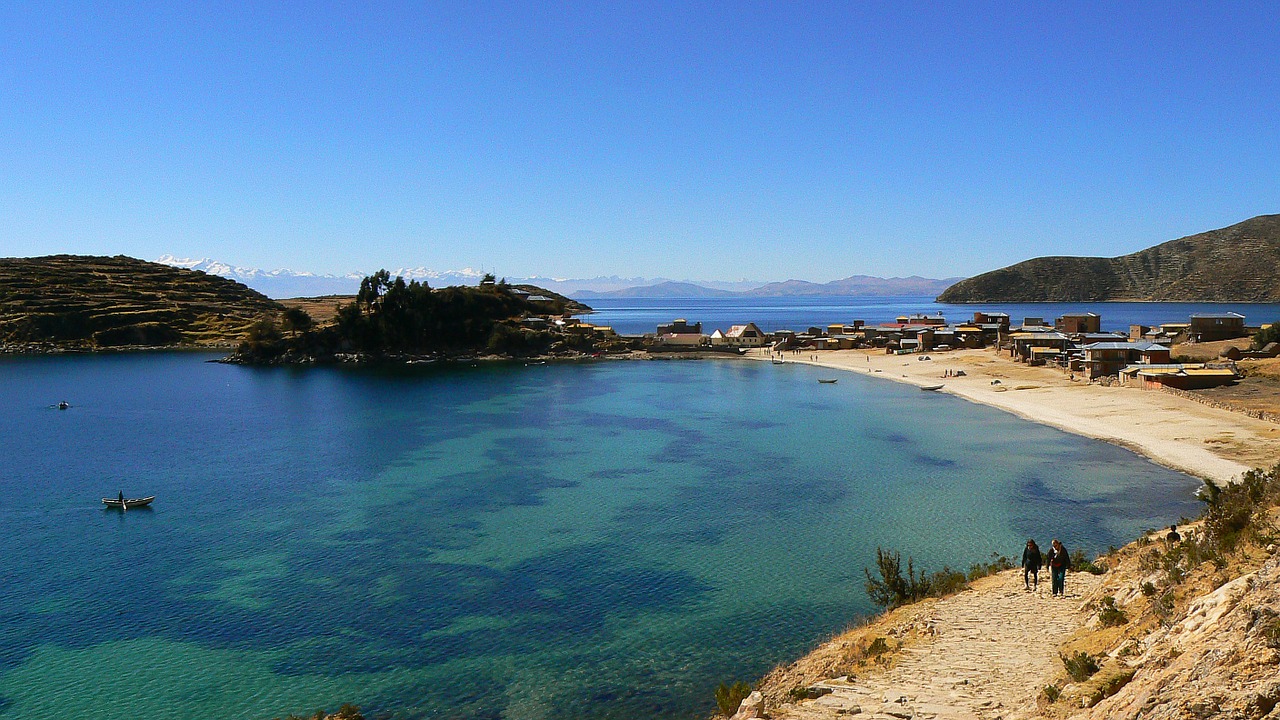
- Tiwanaku:
En un área de 30 hectáreas, cuenta con un conjunto de restos templarios de la cultura Tiwanaku, entre ellos el Templo de Kalasasaya, donde se encuentra la famosa Puerta del Sol. Es el principal sitio arqueológico de Bolivia. Se encuentra a 72 kilómetros de la ciudad de La Paz.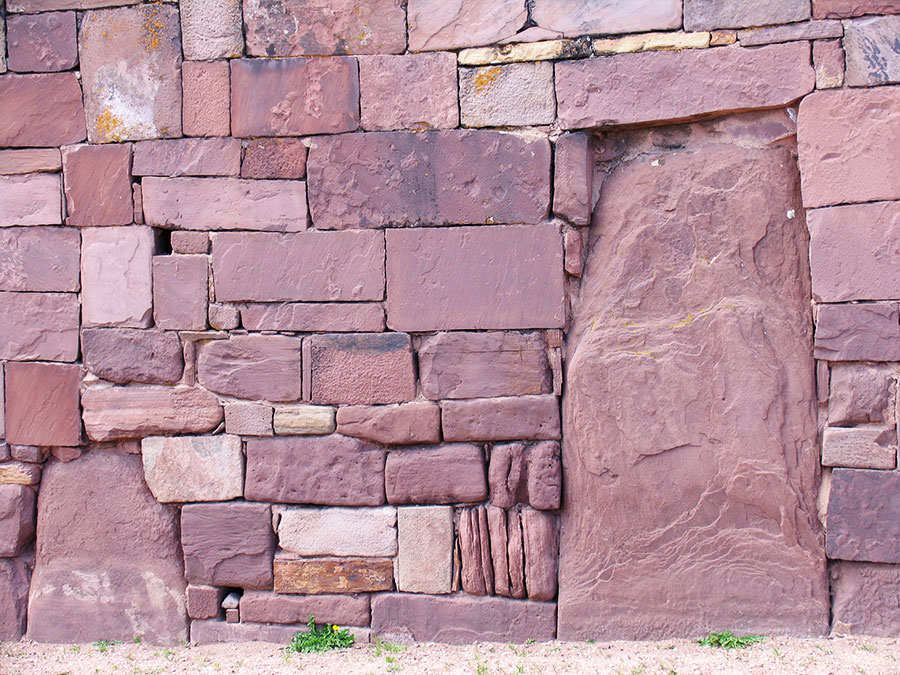
Puntos de alquiler en Potosí
- Salar de Uyuni:
Es el salar más grande del mundo. Se encuentra en una zona volcánica semidesértica con gran riqueza mineral y diversidad de paisajes naturales que incluyen géiseres, lagunas (Colorada, Verde, Amarilla y Azul). Se encuentra a una distancia de 200 kilómetros de Potosí.
Puntos de alquiler en Santa Cruz
- Misiones Jesuíticas:
Su valor se manifiesta principalmente en la arquitectura de los templos; estilo barroco. Se ubica en la sierra oriental del Departamento de Santa Cruz, a unas seis horas de la capital. Posee una gran riqueza cultural e histórica. Se encuentra a más de 200 kilómetros de la ciudad de Santa Cruz.
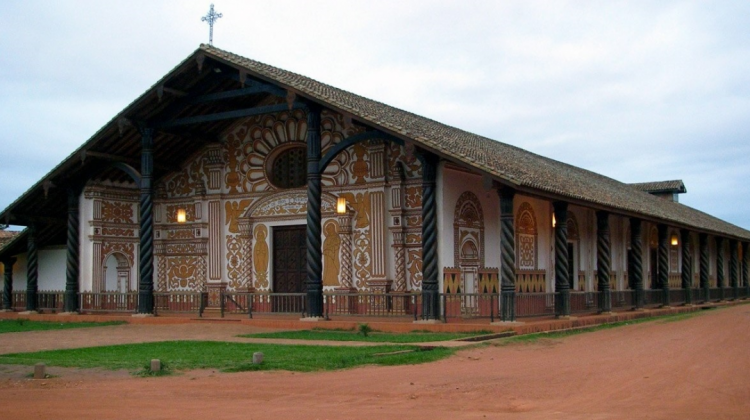
- Biocentro Güembé:
Es un lugar de plena armonía entre el hombre y la naturaleza, donde existe una gran diversidad de flora y fauna en su hábitat natural, rodeado de plantas exóticas, frondosos bosques y animales nativos de la región. Dista 9 kilómetros de Santa Cruz.
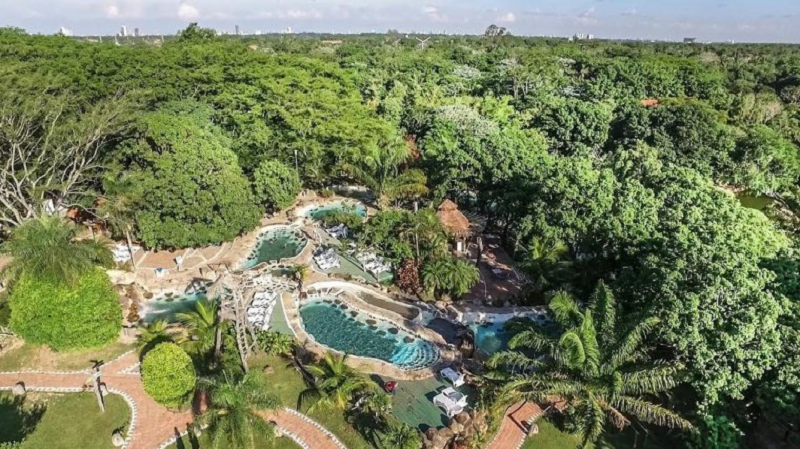
Ubicaciones en Chuquisaca
- Ciudad Sucre:
Ubicada al sur del país, cuenta con un clima agradable todo el año. Se llama la ciudad de los 4 nombres "Charcas", "La Plata", "Chuquisaca", "Sucre". Es la capital del departamento de Chuquisaca y la capital constitucional de Bolivia.
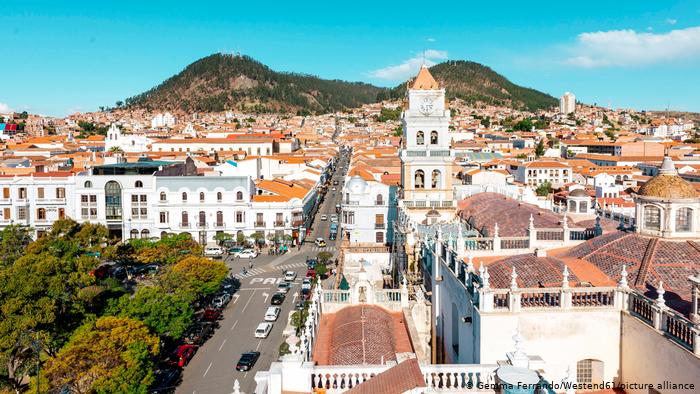
Ubicaciones en Cochabamba
- Ciudad de Cochabamba:
El departamento de Cochabamba se encuentra allí en medio de Bolivia, se le conoce con el nombre de La llajta, este siendo un término quechua que hace referencia al santuario de los dioses locales, su agradable clima le permite disfrutar de una variedad de fauna y flora, ciudad privilegiada por su fertilidad y hermosos paisajes .
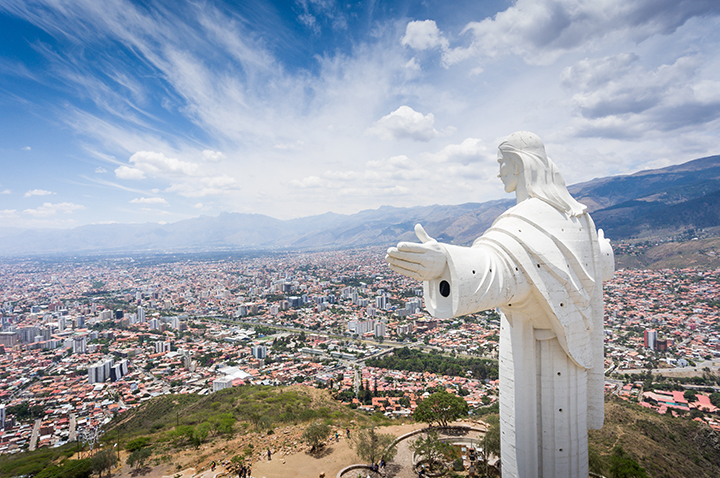
Ubicaciones en Tarija
- Tarija:
La ciudad es conocida como “Tarija la linda” o la “Ciudad de las flores”, el destino es ideal para quienes buscan disfrutar del clima templado, visitar los diferentes atractivos vinos turísticos, degustar los locales y conocer gente amable y cordial. .
